We can't believe FMR turned 25 this year! We hope you enjoy this new video that celebrates our volunteers, our advocates, our impact and the river we all love.
Read moreStay current
Get river news, FMR updates and event calendars twice a month.
We can't believe FMR turned 25 this year! We hope you enjoy this new video that celebrates our volunteers, our advocates, our impact and the river we all love.
Read more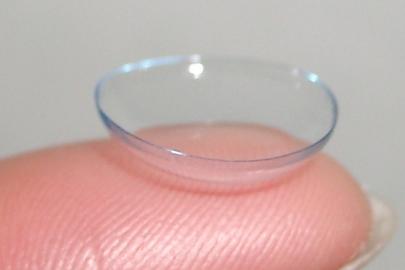
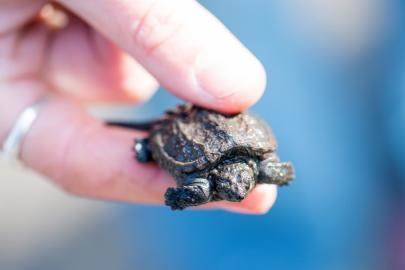
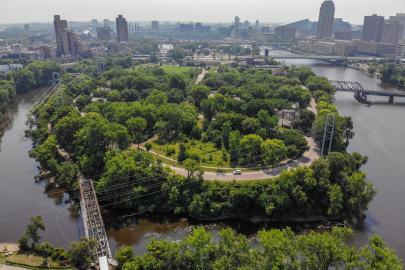

As summer turns to fall, Twin Cities communities throughout the metro are moving fast to wrap up their draft plans for land use and development along their local riverfront.
Hastings and St. Paul Park — two cities with an abundance of high quality riverine habitat — are accepting comments through the end of November and December, respectively. Several other cities want public comments submitted before the end of September. >>
Read more
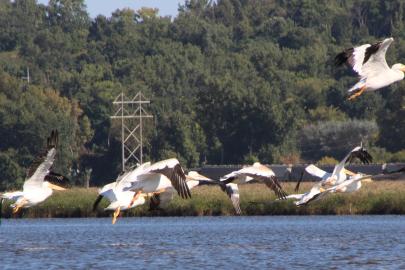
This month in our ongoing special places silver anniversary feature, we suggest a couple of our favorite spots to grab a cocktail (or mocktail) and watch the river flow by. >>
Read more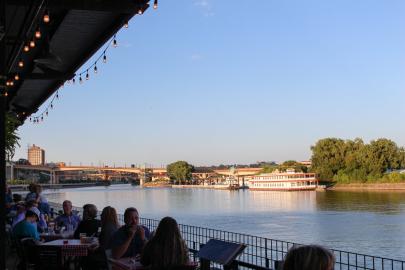
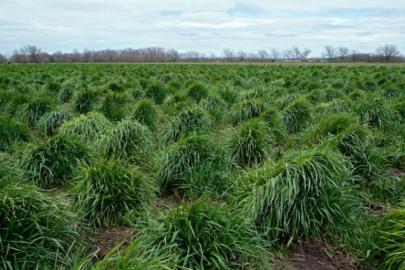
After more than two and a half years of community engagement, draft plans for the redevelopment of a mile-long riverfront site in North Minneapolis were revealed mid-August.
The draft calls for a dramatic overhaul of the Upper Harbor Terminal site, aiming to turn the long-closed port into both a regional attraction and a beneficial part of the North Minneapolis community. >>
Read more
Receive FMR's biweekly email newsletter, Mississippi Messages Sign up
Get river news, FMR updates and event calendars twice a month.